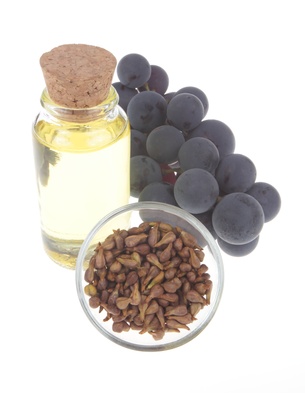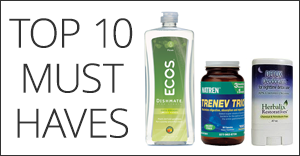After all your requests about more beauty related articles we reached out to our skincare guru Mira Aguirre.
This time she will share all you need to know about facial oils. A topic where the science and actual evidence is often left out.
First, what purpose does a facial oil serve in your routine and how do you use one?
The majority of facial oils are emollient only. Emollients, made up of different types of lipids, improve the softness and flexibility of the skin surface. If you select the right emollients, like ceramides and fatty acids, they can be integrated into our skin barrier which is made up of skin cells and lipids. This can improve the skin barrier organization and function which means better hydration and skin health.
Most facial oils are emollient only not occlusive. This means they will not create a barrier and stop water loss and are therefore NOT a substitute for a moisturizer. Lighter facial oils go after your toner and serum but before moisturizer. Only richer, occlusive oils like squalane or shea butter could be used in place of moisturizer or applied after.
What should you look for in a facial oil?
Unfortunately, there is misinformation on this topic. We often hear how jojoba oil has the same constituents as sebum and therefore is great for skin. This actually isn’t even true if you look at its composition but even if that were the case, you don’t necessarily want that. We want to add fatty acids that improve the skin, not mimic sebum. Sebum is also not as important as the skin barrier lipids we talked about – those are critical for the skin barrier. Add what the skin is missing or what will improve skin health.
You’ll also often hear about how oils high in oleic acid are for dry skin and linoelic acid rich oils are for oily or acne prone skin. Linoelic Acid (LA) is often deficient in acne prone skin and using it topically can decrease breakouts, that is true. But Oleic Acid actually disrupts the skin barrier and increases skin irritation in studies while LA improves skin barrier health topically and taken orally helps dry skin. So BOTH skin types should be using oils high in linoelic acid and avoiding high concentrations of oleic acid.
Linolenic acid – an Omega 3 fatty acid – is another great one to look for in your oils as its anti inflammatory. My favorite facial oils – like hemp and blackberry seed oils – are mainly linoleic acid with some linolenic acid too.
The takeaway:
Look for a facial oil serum or moisturizer containing oils rich in the essential fatty acid linoelic acid. If they’re rich in linolenic acid and antioxidants too, even better. Make sure whatever you pick is cold pressed and ideally organic too.
Apply your lighter facial oil prior to moisturizer. Warm up 2-3 drops of oil in your hands and then gently press into the skin. I suggest applying on damp skin and then finishing with a moisturizer for more hydrated skin when you wake up the next morning.
My favorites:
Chiasm Skin recently launched and they are both woman owned and a small brand. Epoché is their clarifying oil that I think all skin types will enjoy it . The gorgeous teal green oil is made of high-LA oils, exfoliating extracts like sugarcane and willow bark, and soothing ingredients like blue tansy, aloe, green tea, and centella asiatica. It has a beautiful light texture that absorbs nicely and feels elegant. I am big fan of Epoché.
StepIn2 readers can save 20% with discount code “Mira20” through Chiasm Skin.
New to facial oils and want to try some individual oils before committing to an oil serum like Epoché?
Here are some more good oils you can get on Amazon:
Dry skin: Pumpkin Seed Oil
Oily Skin: Grape Seed Oil
Most skin types including sensitive and acne prone: Hemp Seed Oil
You can find Mira Aguirre on Instagram and on Skincare and Beauty 101 Facebook Community
Note: None of the information in our website is intended to diagnose, treat, cure or prevent any illness or disease. The content on our website is for educational purposes only.

















